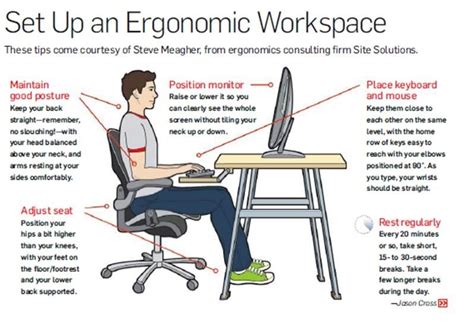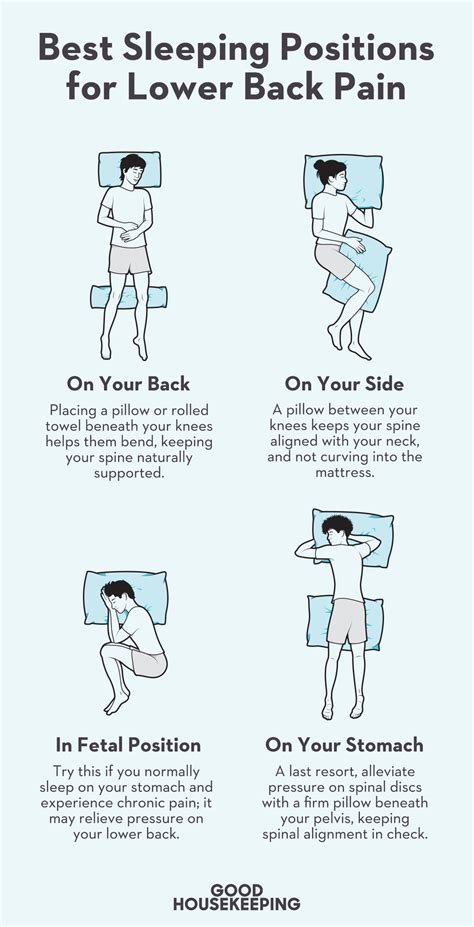The Desk-Bound Dilemma: Battling Lower Back Pain
For many men, a significant portion of their day is spent seated at a desk, a posture that, while seemingly benign, can be a primary culprit behind persistent lower back pain. Prolonged sitting often leads to tight hip flexors, weakened core muscles, and compression of the spinal discs, all contributing to discomfort and reduced mobility. Fortunately, you don’t need a gym membership or extensive time to find relief. Incorporating a few quick, targeted stretches throughout your workday can make a substantial difference in alleviating and preventing this common ailment.

Understanding the Root Cause
Before diving into solutions, it’s helpful to understand why desk work impacts your lower back. When you sit for extended periods, your glutes become inactive, and your hip flexors shorten. This imbalance pulls on the pelvis, increasing the arch in your lower back (lumbar spine) and putting undue pressure on the intervertebral discs and surrounding muscles. Over time, this can lead to stiffness, soreness, and even chronic pain. Regular movement and targeted stretching help counteract these detrimental effects, restoring balance and promoting spinal health.
Essential Stretches for Instant Relief
1. Seated Pelvic Tilts
This subtle movement helps mobilize the lower spine and engage core muscles. While seated, place your hands on your knees. Gently arch your lower back, pushing your chest forward and tilting your pelvis anteriorly. Then, round your lower back, pulling your navel towards your spine and tilting your pelvis posteriorly. Perform 10-15 repetitions slowly and with control, coordinating with your breath.
2. Seated Figure-Four Stretch (Piriformis Stretch)
Tightness in the piriformis muscle, located deep in the gluteal region, often contributes to lower back and sciatica-like pain. While seated, cross your right ankle over your left knee. Keep your back straight and gently lean forward, feeling the stretch in your right hip and glute. Hold for 20-30 seconds, then repeat on the other side.

3. Knee-to-Chest Stretch (Seated or Standing)
This stretch elongates the lower back muscles and provides gentle traction for the spine. While seated or standing, hug one knee to your chest, pulling it as close as comfortably possible. Hold for 20-30 seconds, then switch legs. You can also do this lying on your back for deeper relaxation.
4. Standing Cat-Cow
Adapt the classic yoga pose for the office. Stand with your feet hip-width apart and a slight bend in your knees. Place your hands on your thighs just above your knees. As you inhale, gently arch your back, dropping your belly and lifting your gaze (Cow). As you exhale, round your spine, tucking your chin to your chest and pulling your navel in (Cat). Perform 8-12 repetitions to improve spinal mobility.

5. Gentle Standing Backbend
Counteract prolonged forward flexion with a gentle extension. Stand tall with your feet hip-width apart. Place your hands on your lower back for support, fingers pointing downwards. Gently lean back, looking up towards the ceiling, taking care not to overextend. Hold for 5-10 seconds, then return to neutral. Repeat 3-5 times. This should be a mild stretch, not a deep bend.
Integrating Stretches into Your Routine
The key to success is consistency. Aim to perform these stretches every 60-90 minutes during your workday. Even a 2-3 minute break dedicated to movement can significantly reduce discomfort. Set a timer, use an app, or simply take a moment whenever you feel stiffness creeping in. Remember to breathe deeply throughout each stretch, allowing your muscles to relax and lengthen.

Beyond Stretches: Ergonomics and Prevention
While stretching is crucial, it’s part of a larger strategy. Ensure your workstation is ergonomically sound: your screen at eye level, feet flat on the floor, and elbows at a 90-degree angle. Consider a standing desk or incorporate regular walking breaks. Hydration, core strengthening exercises outside of work, and maintaining a healthy weight also play vital roles in long-term back health.
Take Control of Your Back Health
Don’t let lower back pain dictate your comfort or productivity. These quick, actionable stretches provide a powerful tool to alleviate tension and improve your overall well-being. By making a conscious effort to move and stretch regularly, you can effectively combat the negative effects of desk work and enjoy a more comfortable, pain-free day.





